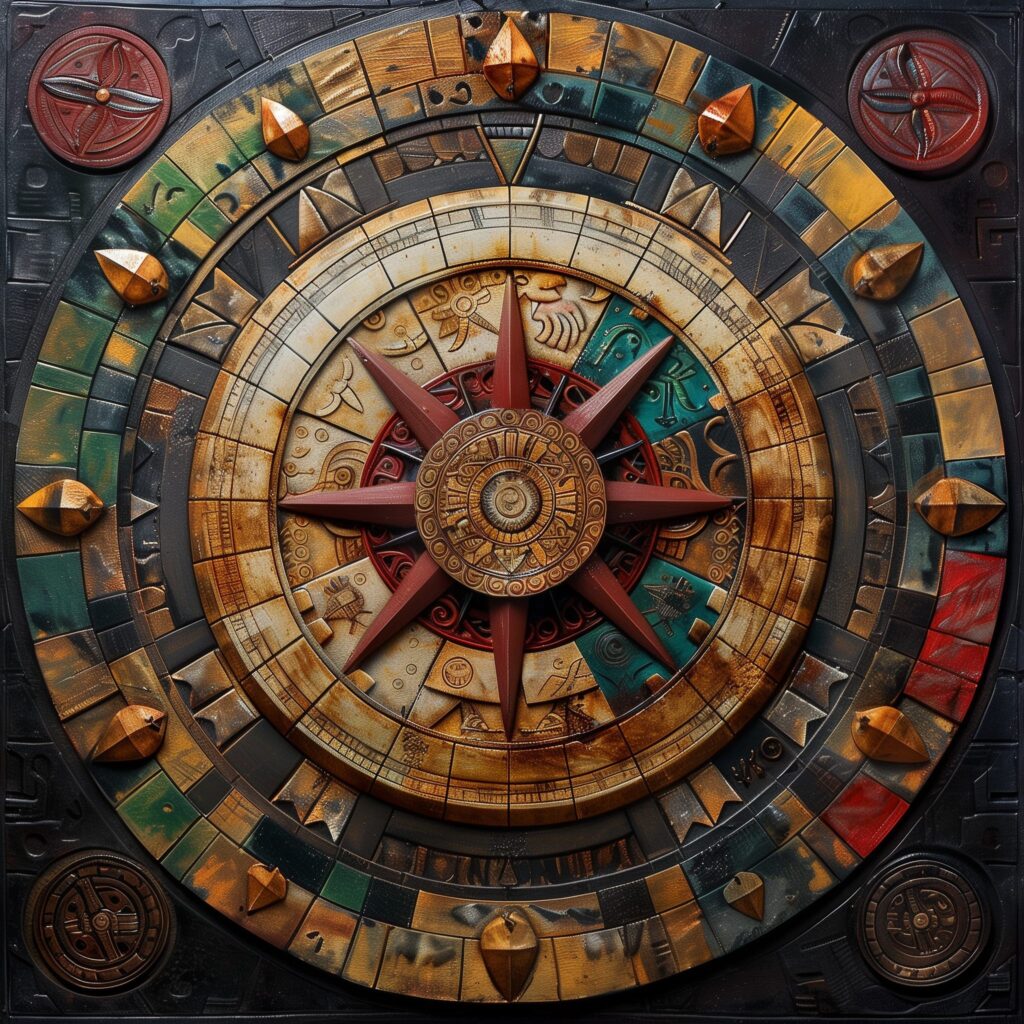Introduction – On The Generations
Time is continuously being created – it is new from moment to moment, year to year, or any other interval you measure. The process of the unfolding of time requires that the instant a new moment forms an old one must dissipate into the mists of memory. The present – the only moment which exists – is in a constant state of replenishment. This is less alarming than it may first appear because the moment which follows is always a continuation of the previous one and can only diverge from it in a limited way. Ten minutes from now will be substantially similar to now just as now is substantially similar to ten minutes ago. Further, the pace of this unfolding is regular and fixed into long and predictable cycles by the immovable orbits of the giant bodies of our solar system, the rotation of Earth, the persistence of the Sun, and the light it shines onto us always.
Still, over long intervals the changes can accumulate and become substantial and produce distinctive eras that seem to have a character entirely different from those which came recently before. The times can only exist one at a time and as such we sometimes find ourselves confronted with a new and mysterious future while simultaneously vexed by the rapid disappearance of what we once knew to be. Just as soon as it comes into being, that which once was is always gone forever.
Fortunately, all things which are created preserve the formula of the time at their origin. As a result time is continuously being captured in myriad ways – through art, song, craft, photographs, even memory, but most persistently time is captured in the people. The people born into a moment retain that moment and carry it throughout their lives, flag-carriers of the time of their arrival. Two people born at the same time will have remarkably similar experiences of life while people born twenty years apart can find themselves nearly unable to communicate, as if their descriptions and interactions with the world are recorded in separate languages. It is those differences which we will be exploring in this series.
The distinctive natures of people born to different age cohorts has long been noted. That those people would vary and exhibit unique characteristics that differentiate them from others, older or younger, is neither surprising nor sincerely disputed. The question of how this comes to be is less certain and a matter of some discussion. Do the events of the world shape their perspectives or do the behaviors they are taught in their formative years influence their ways of being? Are the members of these age groups who appear out of step with their cohort outliers by choice, experience, or learning? What are the specific defining characteristics of the people born to each generation?
All of these questions produce voluminous chatter, discussion, and dispute, especially when the differences between the groups are most profound and lead to gaps in understanding between the younger and the older. The challenge in answering these questions precisely originates in the natural difficulty of describing people and their personas at all, never mind doing so for an entire swathe of the population at once. Further complicating the discussion is the dilemma it poses to many individuals for whom having their seemingly unique and personal traits ascribed to their membership in a group is undermining to their sense of identity, often leading to their rejection of the easily observable.
With that in mind, none of these problems prevent us from directly answering the question of generations, how they differ from each other, and what results this produces in the persons born into them. The elusiveness in settling this matter arises from the mistaken focus on persons which leaves us at the mercy of accumulated mythologies, fashionable beliefs, and the self-deception which emerges naturally as part of the human condition. It is therefore important to remember that while the lens through which we study this question is persons, the discussion itself is one of time. Generational cohorts of people are a secondary-product of time and they exist because time itself changes, and that is the great theme we will be exploring going forward.


Leave a Reply